Nvidia has launched RTX Video Super Resolution, a technology that uses artificial intelligence to improve the quality of videos watched on the web. A promise that does not revolutionize the world.
In early February, Nvidia announced RTX Video Super Resolution – or VSR for short – a technology offered with its latest graphics cards to improve the quality of videos watched from the Web under certain conditions. We had the opportunity to try this feature in advance to judge its effectiveness.
What is Video Super Resolution?
First, let’s explain what RTX Video Super Resolution is. This is a technology that uses the Tensor cores of an RTX 40 or RTX 30 GPU — RTX 20 will also be compatible in the future — to increase the quality of videos watched from the web on platforms like YouTube , Netflix, Prime Video, Disney+ or Twitch for example. Like DLSS in games, this artificial intelligence aims to improve the definition of the image in real time and remove compression artifacts.
To take advantage of it, it is first necessary to tick a few boxes:
- Have an Nvidia RTX 30xx or RTX 40xx graphics card.
- Update its drivers to version 531.14 at least.
- Use a compatible Chromium browser like Google Chrome or Microsoft Edge.
- That the latter is up to date (Chrome 110.0.5481.105 or Edge 110.0.1587.56 minimum).
Note that the Opera browser has offered a similar function since the end of 2022 with its Lucid mode. This has the advantage of not requiring a specific graphics card.
How to enable Video Super Resolution?
Once your graphics drivers are up to date, you can enable VSR in the Nvidia Control Panel (accessible by right-clicking on the desktop, then ” Show more optionson Windows 11). The option can be found in the “Adjust video image settings” under the name of “RTX video enhancement“.
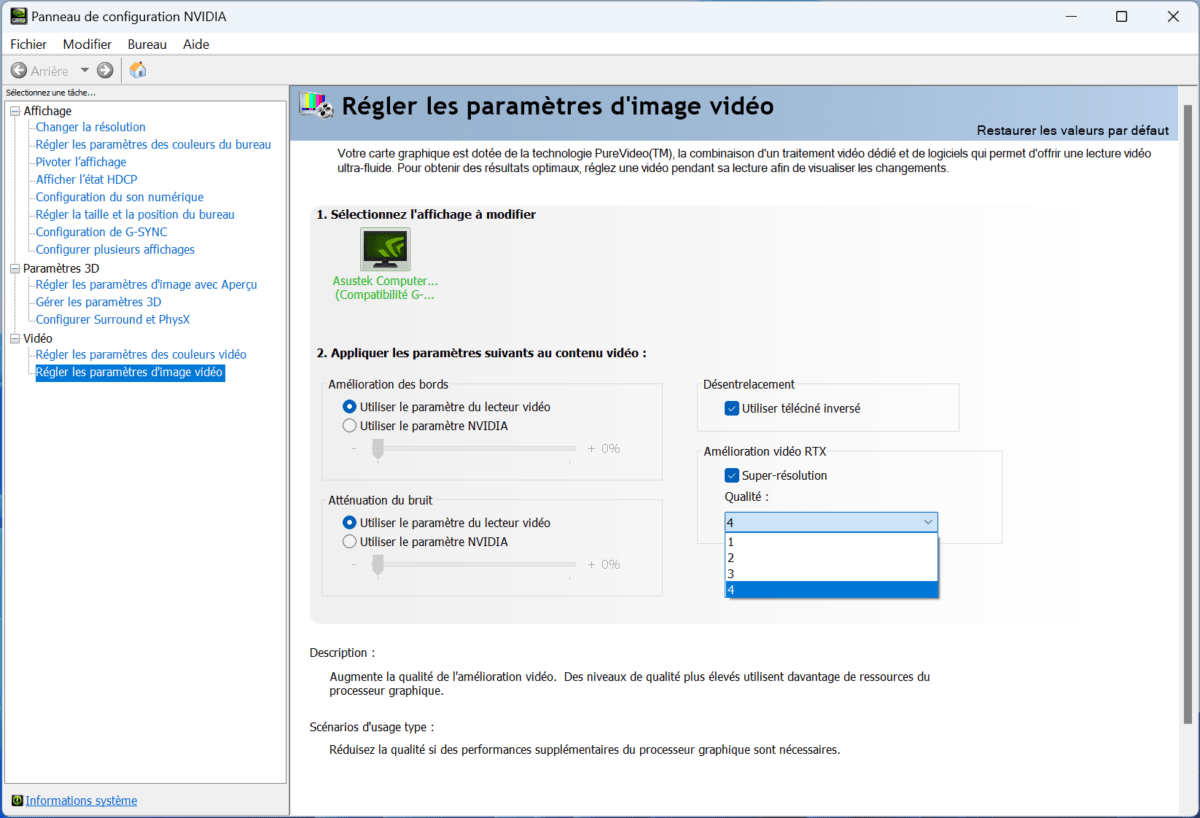
Once the box “Super-resolution» checked, you will have the choice, through a drop-down menu, of four quality levels. The higher the level, the more complex the algorithm used, allowing, according to Nvidia, better quality at the cost of greater use of the GPU.
Our opinion on Video Super Resolution
We had the opportunity to try the RTX Video Super Resolution on Netflix, YouTube and Twitch to form our opinion on this new technology. The least we can say is that she didn’t really convince us.
On recent and already quality content, such as the movie trailerDunes, the improvement brought by Nvidia’s algorithms is not obvious. With the naked eye, it is completely impossible to tell whether the option is activated or not. You have to take the time to compare image by image to spot an increased sharpness on text here and a finer skin texture there.
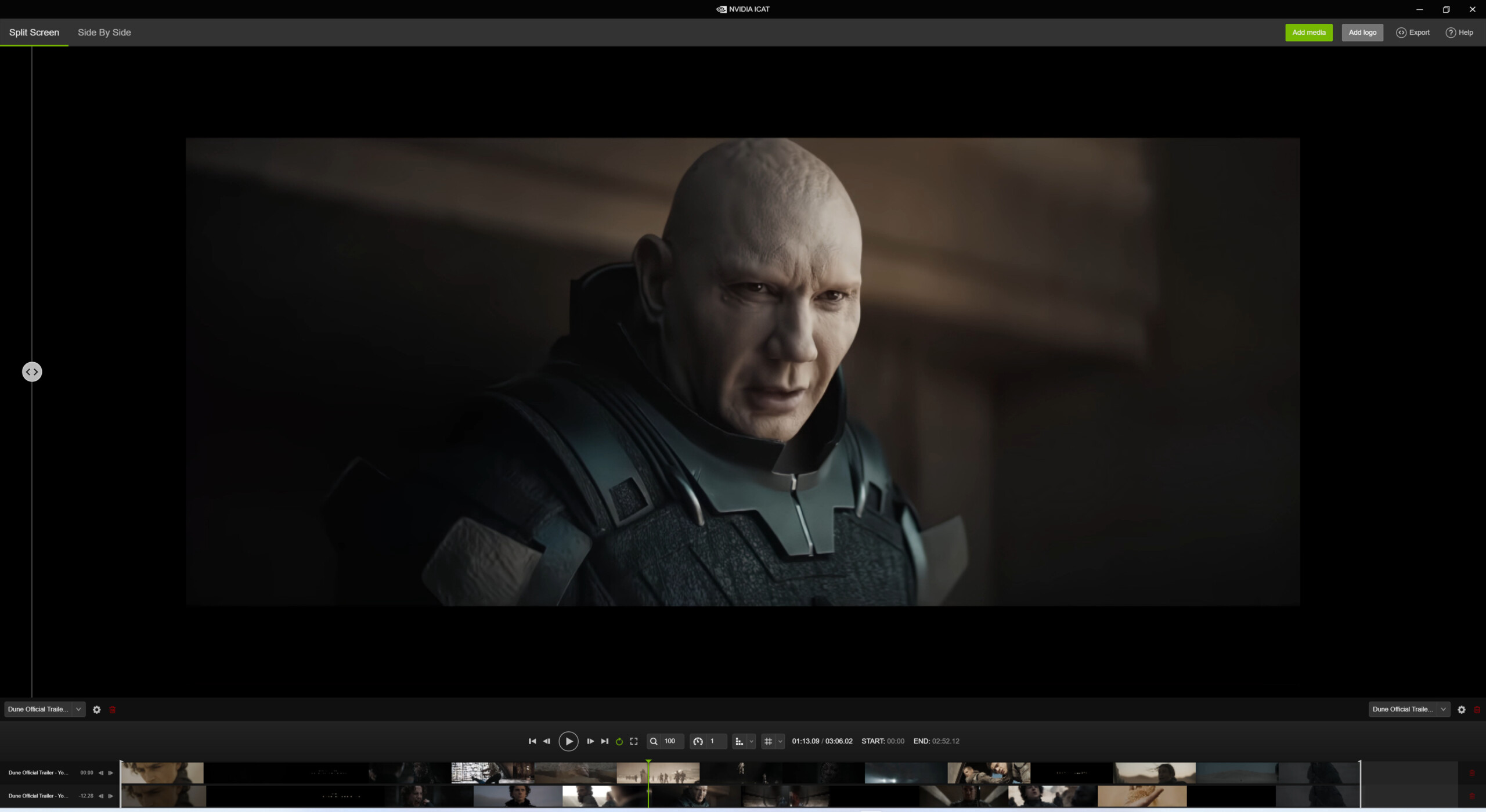
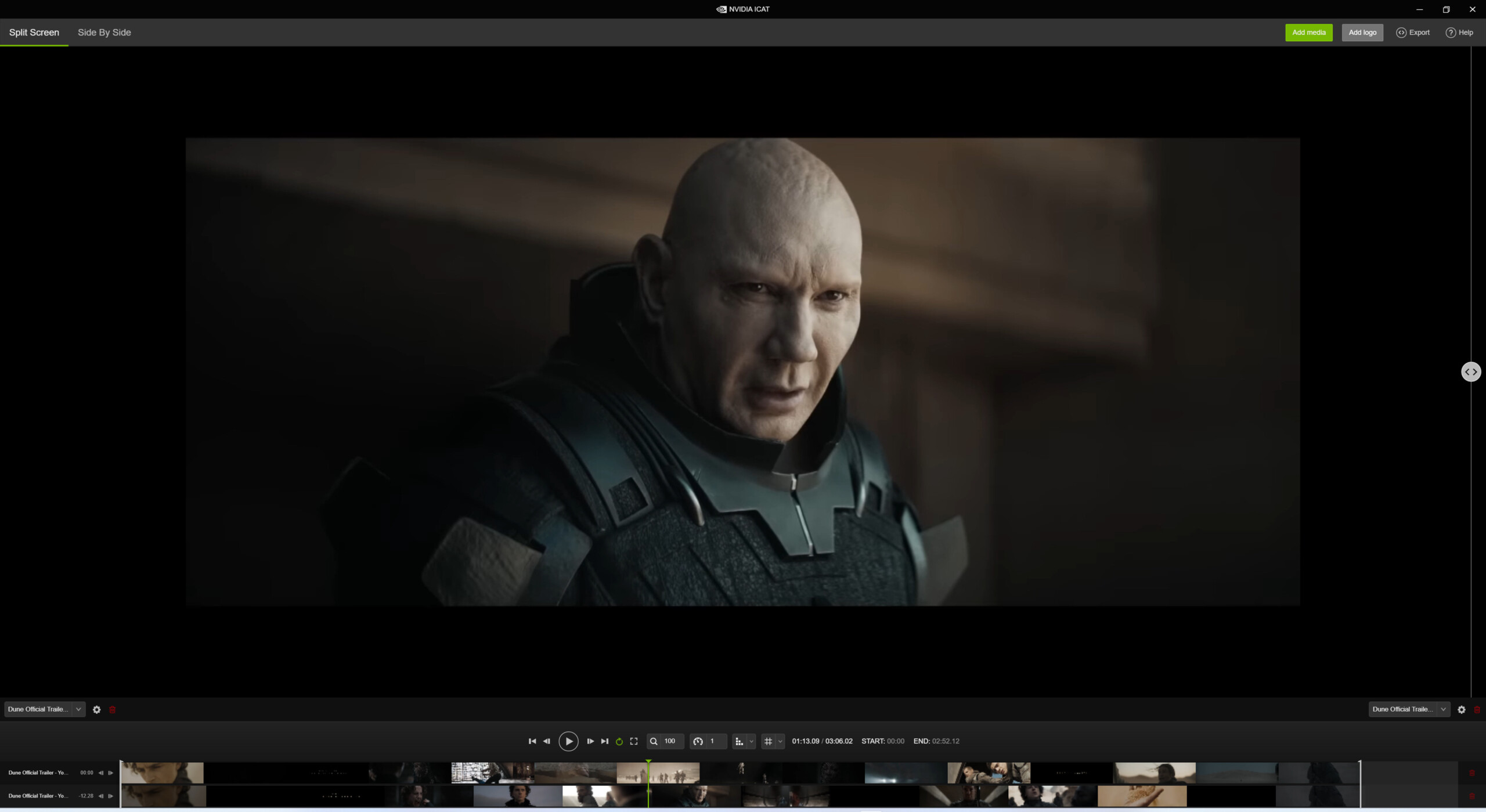
The comparison above is the best example we found during our testing. There is a marked improvement in skin texture… on an image that lasts less than two seconds on the screen in this specific case. On the majority of other images we compared, it was very difficult to find any improvement.
On a high quality level, the result gives the impression of a very artificial increase in sharpness by a very basic algorithm. If this increases the qualities of an image, the defects are sometimes highlighted as well.
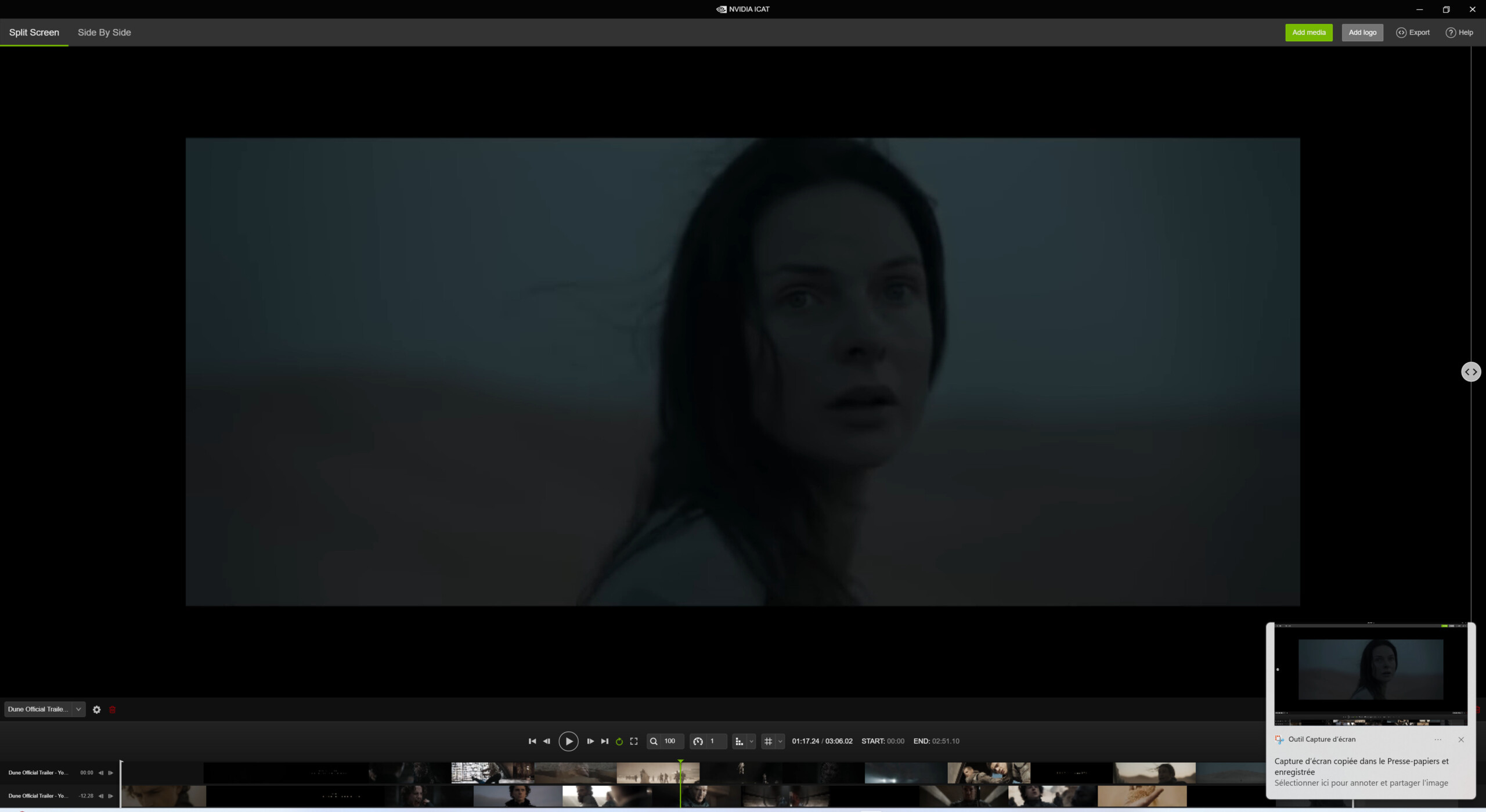
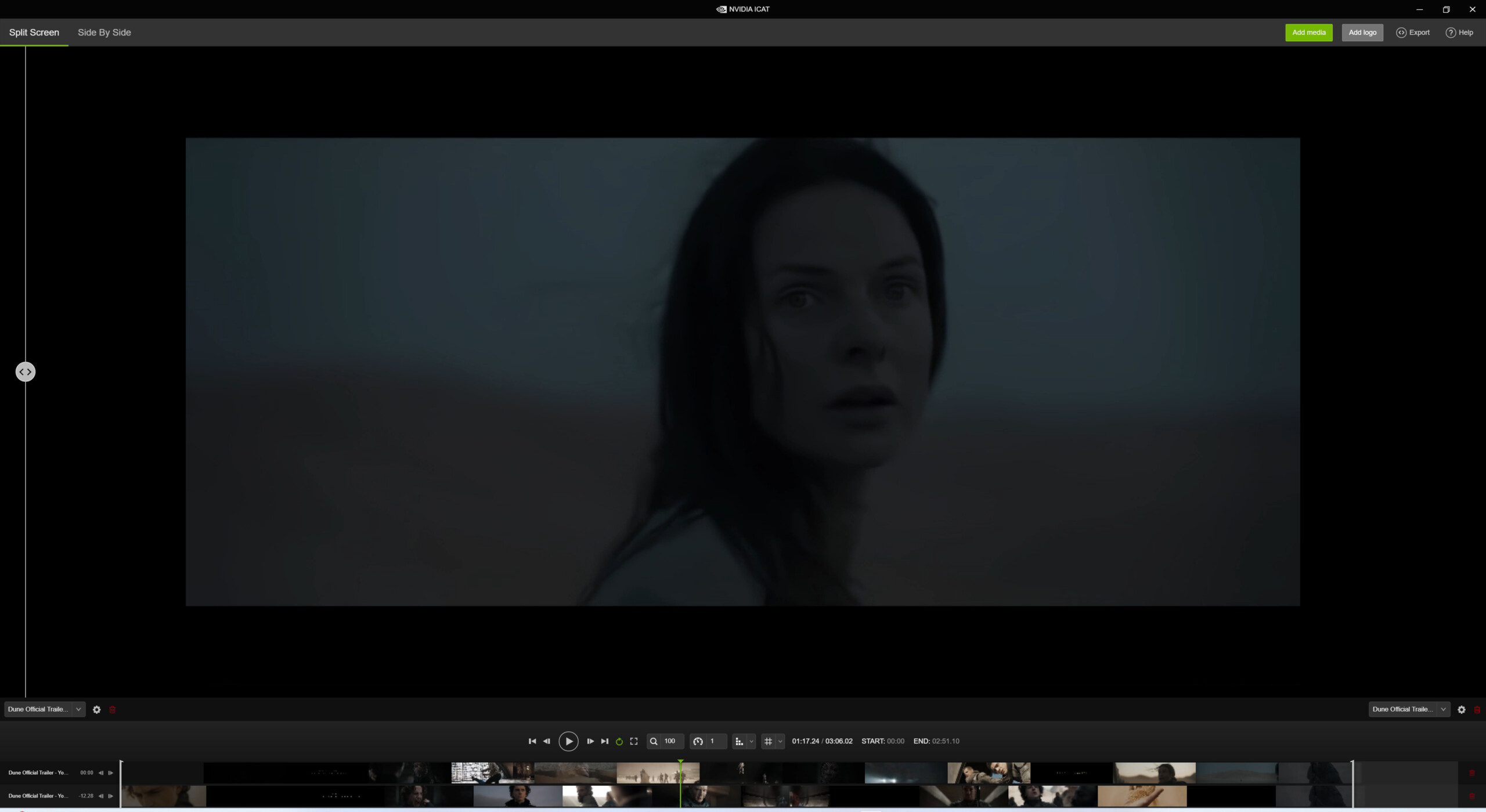
Here, we note that the VSR blurs the strands of hair that fly on the left part of the image and accentuates the compression artifacts linked to the sampling rate in the sky of the right part.
On older videos, like “Me at the Zoo(the very first video uploaded to YouTube) or “Star Wars Kid(an iconic video captured in 2006), which are obviously full of artifacts of all kinds, same observation.
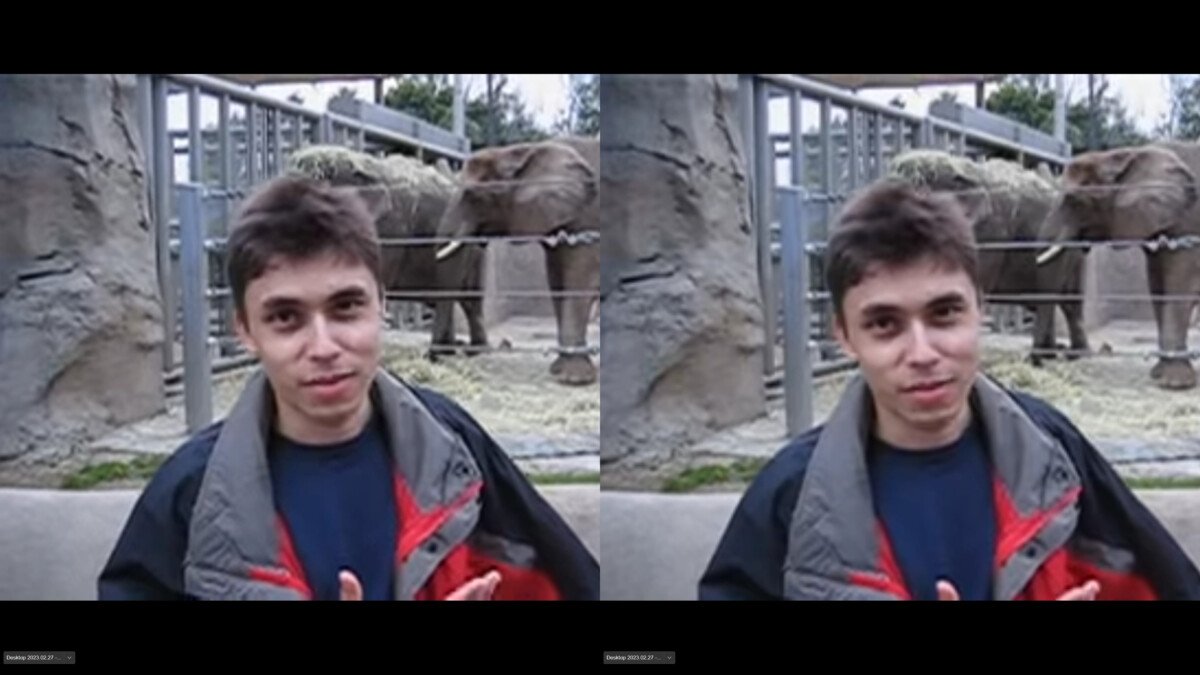
As you will have understood, Nvidia’s RTX Video Super Resolution is not the revolution that DLSS or Nvidia Broadcast may have been in their time, but perhaps version 2.0 will one day correct the situation.
To follow us, we invite you to download our Android and iOS app. You can read our articles, files, and watch our latest YouTube videos.
